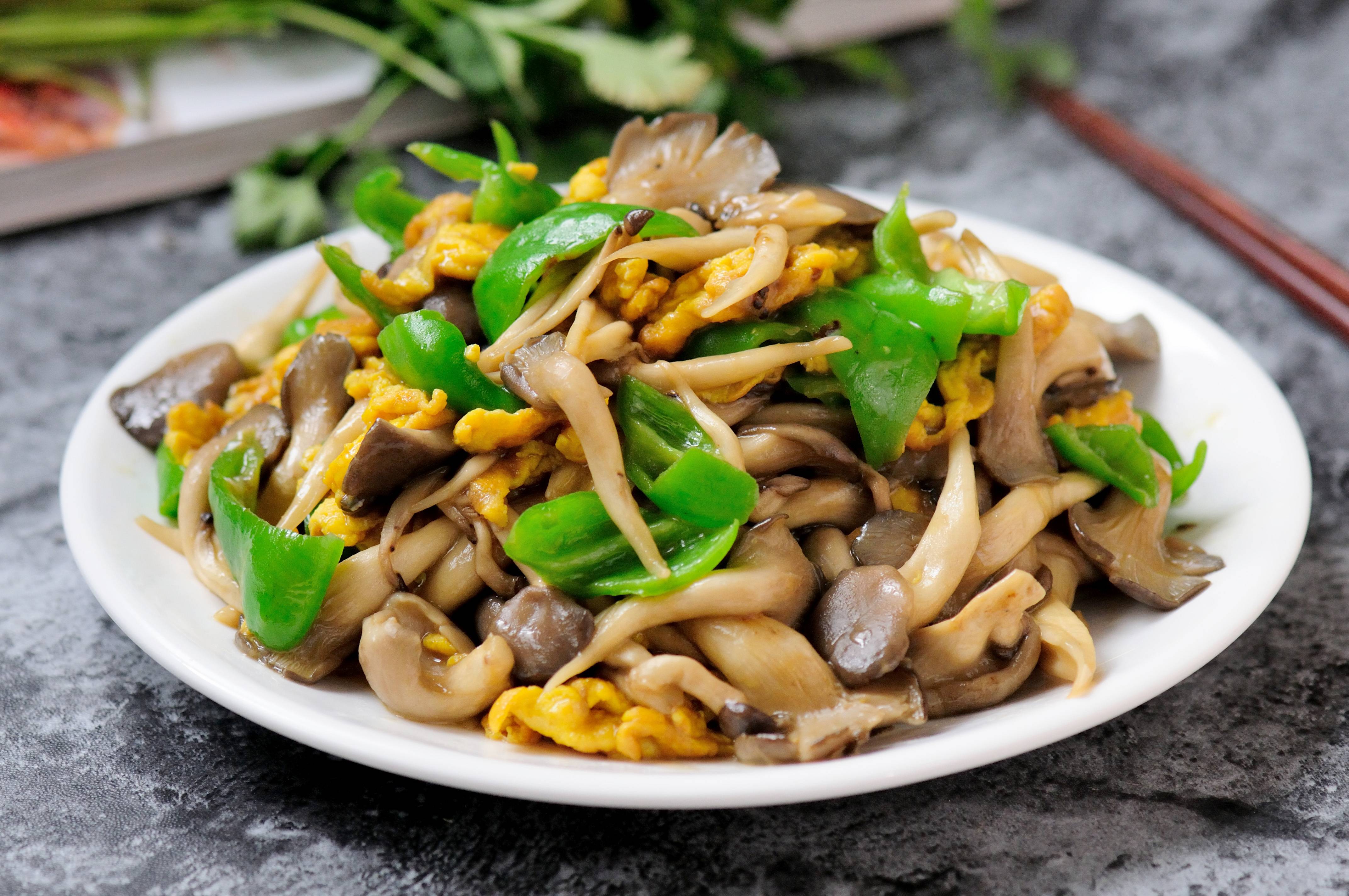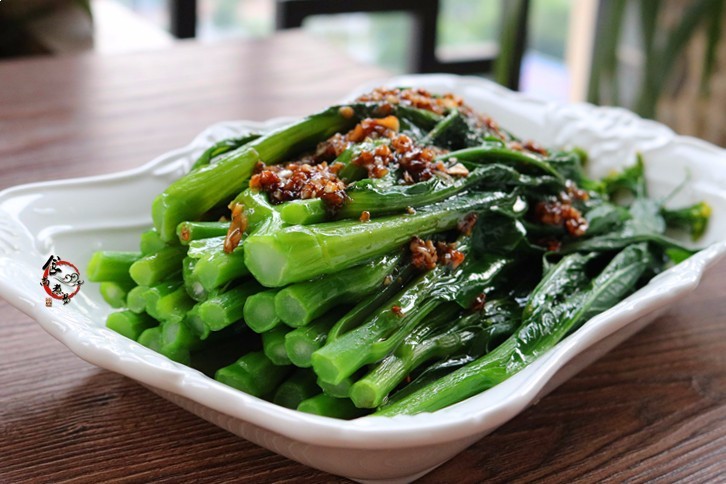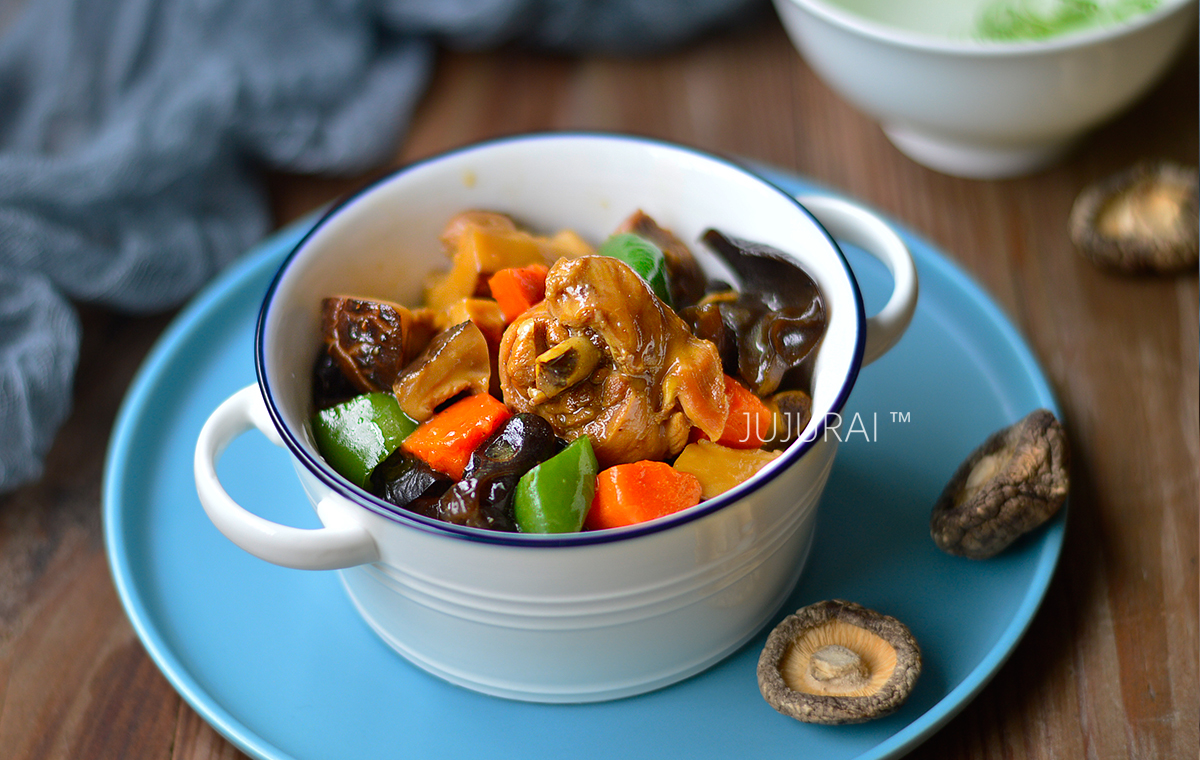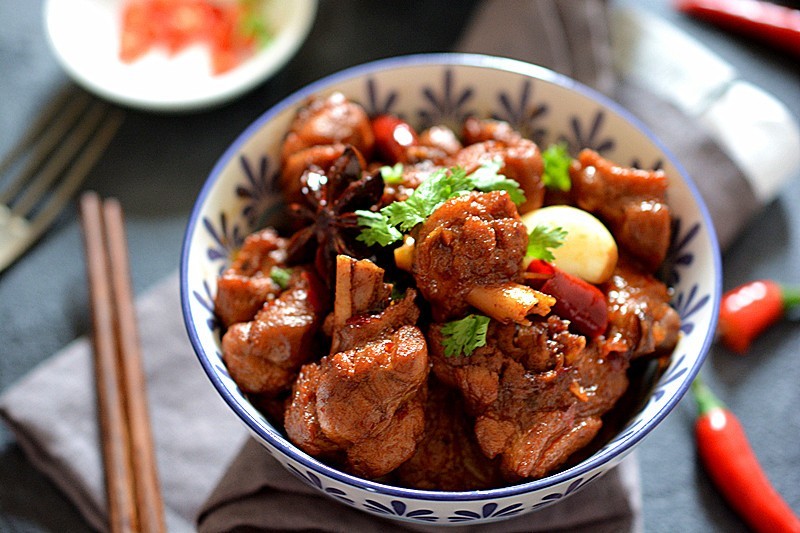shredded bread
| High-gluten flour 250g | Fine sugar 40g |
| Milk 135g | Egg white 25g |
| Milk powder 10g | Butter 25g |
| Dry yeast 3g | Salt 4g |
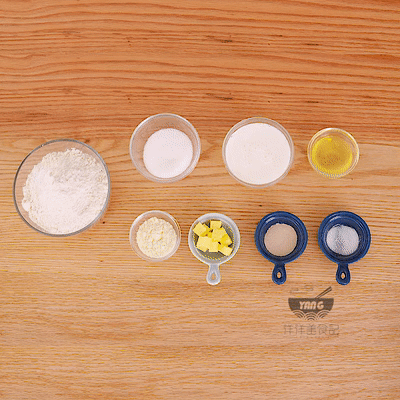
Step 1
Prepare the ingredients like me
Step 2
Find a larger container, either a wooden basin or a glass container~
Step 3
After adding liquids such as milk and egg white, mix it with your hands to form a dough, and slowly turn it into a powder-free state~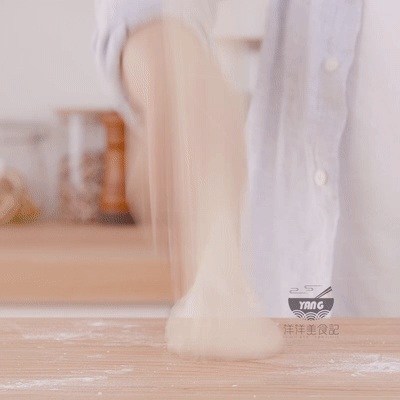
Step 4
like me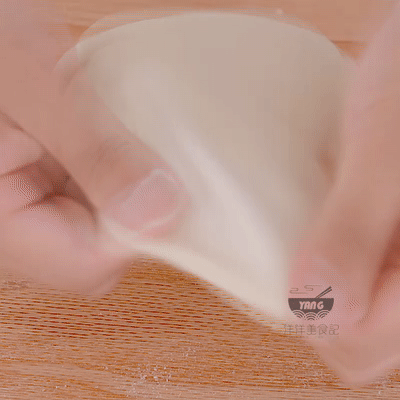
Step 5
This state is expansion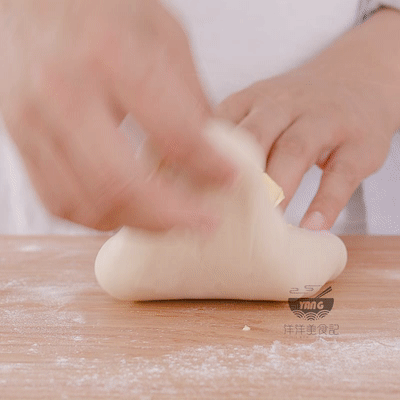
Step 6
When the dough reaches a fully expanded state, add the unsalted butter that has been softened in advance. The process of diluting the butter will be slower~ (Note that softened butter is not melted butter. You must distinguish it. Softening is a solid state and melting is a liquid~ )
Step 7
Continue kneading with your hands until the butter is completely diluted into the dough. The dough has a fine texture and a smooth surface. It can be pulled out very finely.Membrane is the glove mask that everyone is looking for. The process is laborious but the result is wonderful. Just dry it and it’s done. It’s not without this condition.✅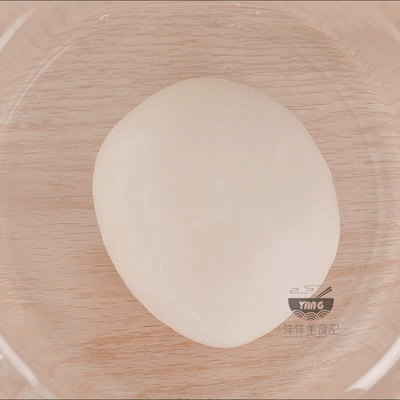
Step 8
Put the dough into a sealed container and perform basic fermentation in a warm environment. If conditions permit, you can place the dough in a fermentation box for fermentation. When the dough has fermented to 2 times the size, dip your fingers in flour and poke the dough without rebounding or collapsing, indicating that it has fermented very well. It’s in place (if you don’t know how to operate it, you can send me a private message V: 2462222 Remarks Douguo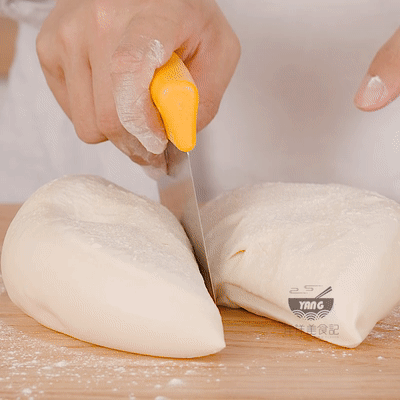
Step 9
Take out the fermented dough, press it lightly to deflate the air, divide it into 2 small doughs (three or four are OK), roll them into balls and let them rest for 15 minutes.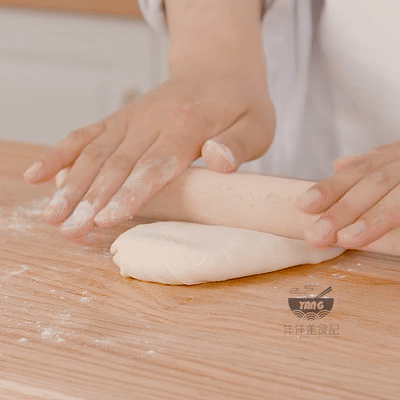
Step 10
Use a rolling pin to roll it into a ox tongue shape. After rolling out, the dough will not shrink back too much (dough that has not been relaxed is more elastic, so please observe your own dough)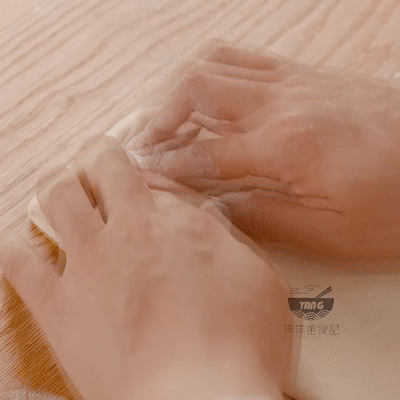
Step 11
Roll into a cylindrical shape from top to bottom, and complete the two doughs in sequence. During this rolling process, you do not need to roll them very tightly to leave space for fermentation.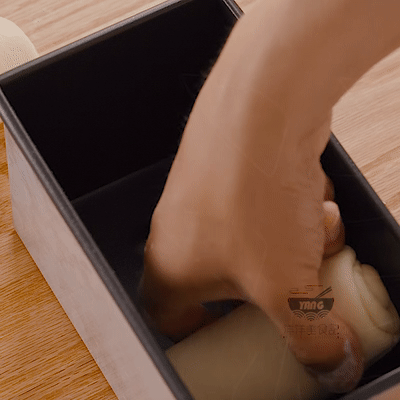
Step 12
Arrange them neatly in the toast box. This time we knead 450 grams of toast dough by hand, and we also use a 450 toast box.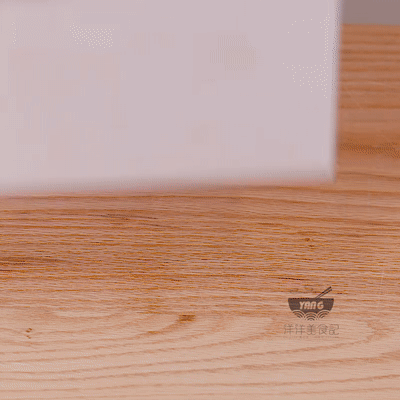
Step 13
Place it in an environment with a temperature of 35° and a humidity of 75% to ferment until it is 90% full. Finally, the dough will slowly rebound when pressed with your fingers, indicating that the fermentation is in place. Once you experience the final fermentation state of the dough a few times, you will slowly master the technique. (If you have an oven, you can add a bowl of hot water next to the oven; if you have a fermentation box, use a fermentation box)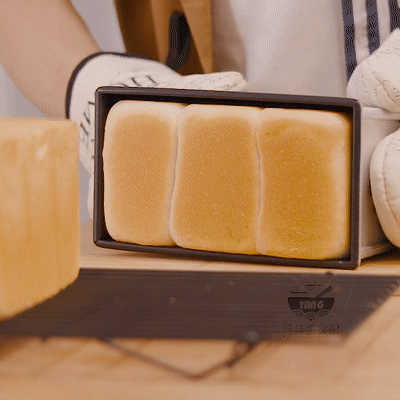
Step 14
Put it into the preheated oven and bake it at 180 degrees for 40 minutes. After baking, take it out of the oven and shake it gently to remove it from the mold and place it on the baking rack to cool.✅
Step 15
It's up to you whether you like to eat it broken or sliced. In our beautiful sheep, I cut them into thin slices, which makes it easier to sandwich desserts.Step 16
Smear on the apricot jam you made yourself, it’s so delicious (if you like my customized cooking cup in the picture, you can send me a private message at 2462222) Hand-pulled bread cooking tips1 The liquid composition of the dough is flexibly adjusted according to the high-gluten flour, environment and your own operation. After kneading the dough by hand, the dough can be controlled within 30 degrees. The normal temperature is 26°~
2. It is not recommended to exceed 28 degrees for basic fermentation (first batch).To ensure over-fermentation, the best state is at least 2 times the size. Just poke the hole and it will not rebound or rebound slightly. Try to use your hands to feel the dough fermented several times.
3 Those who are just trying to knead dough by hand will definitely have some difficulty. Those who have a kneading machine should try to use a kneading machine. After all, it can free up your hands~
4. The oven preheating process should be fully reserved. The oven can be preheated in advance before the secondary fermentation of the dough is completed to avoid the dough from over-rising when the fermentation is completed and the oven is not preheated. Over-fermentation will cause the texture to be rough.





